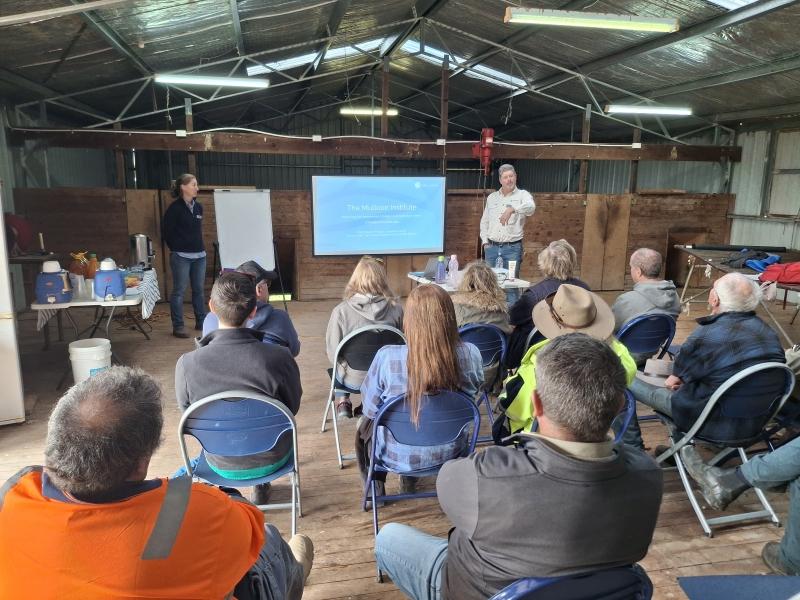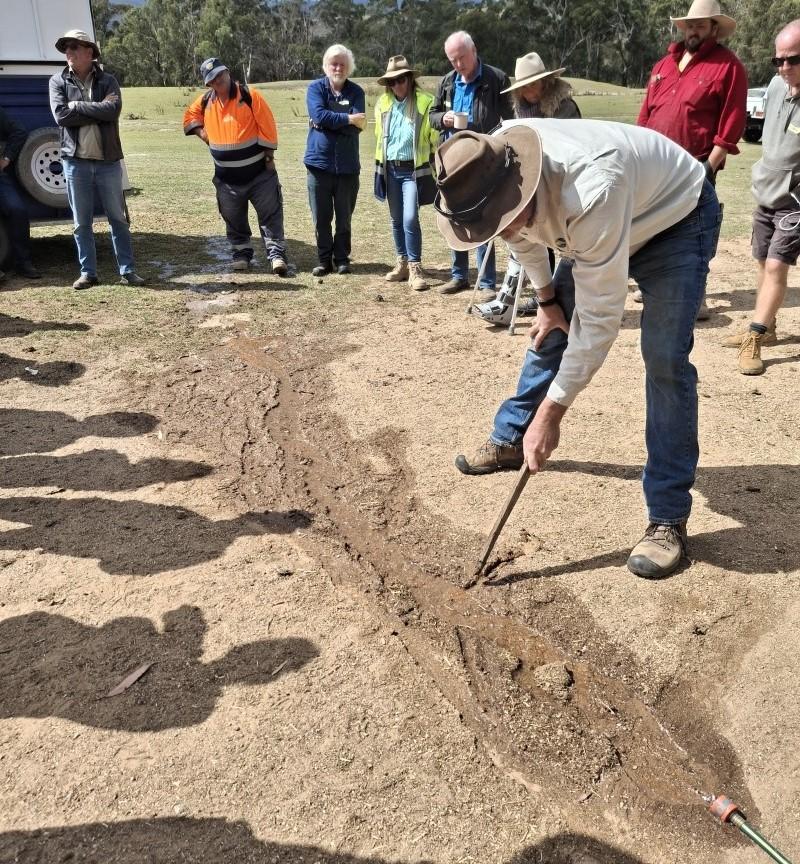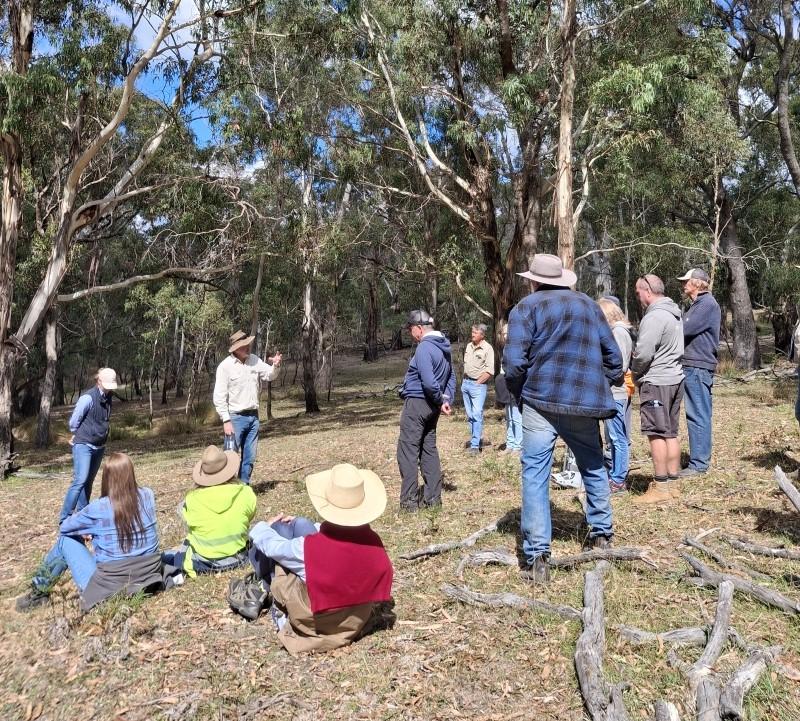Event Type
Landcare Region
BCT Region
Event 8 Workshop with Mulloon institute on how water moves across the landscape and can impact local properties. Techniques and risks of instream erosion control.
Event Topics




Event Outcomes
What Attendees Liked About the Event
Participants found the core messages on water management to be highly relevant and motivating. Several attendees noted the value of learning how to slow and spread water flow across the landscape, retain water on their properties, and apply strategies that promote hydration in the broader water cycle. Concepts such as holding water back in the landscape, managing incised creeks, and positioning structures effectively to reduce erosion were frequently mentioned as key takeaways.
The event's focus on erosion control and the use of landscape structures resonated strongly. Attendees appreciated learning practical methods to stop erosion early, reduce gully formation, and install instream structures that work with the landscape to minimise water loss and soil degradation.
Many attendees valued the systems-thinking approach and the emphasis on reading and assessing the landscape. This included understanding vegetation placement, flow patterns, and ridge-top planting strategies.
There was strong appreciation for the practical demonstrations and interactive delivery, with specific praise for the hose and balloon demos. These hands-on elements helped participants visualise processes and reinforced theoretical concepts.
Finally, attendees described the session as motivating and relevant, with several commenting on the direct applicability of the knowledge to their own properties. The value of expertise and the importance of knowing the limits of one’s understanding were also acknowledged as key messages.
Suggestions for Improvement
Overall, participants described the event as well-organised, engaging, and informative. The delivery was praised for its clarity and the presenters for their ability to engage with the audience.
However, several suggestions were made to improve time management, including allowing more time for learning due to the depth of the content, and managing the schedule more closely to avoid delays caused by late arrivals or extended discussions. One suggestion was to have a brief summary provided at the end of each section to help consolidate learning.
Attendees also recommended enhancing visual aids, such as incorporating more diagrams and models to better illustrate structures and processes discussed.
In terms of group interaction, participants suggested introducing an opportunity earlier in the session for attendees to share their background and land context. There was also a recommendation to better manage group discussions to avoid fragmented conversations.
The practical, hands-on approach to landscape management was strongly appreciated, and one participant specifically noted that they were looking forward to implementing what they had learned.
